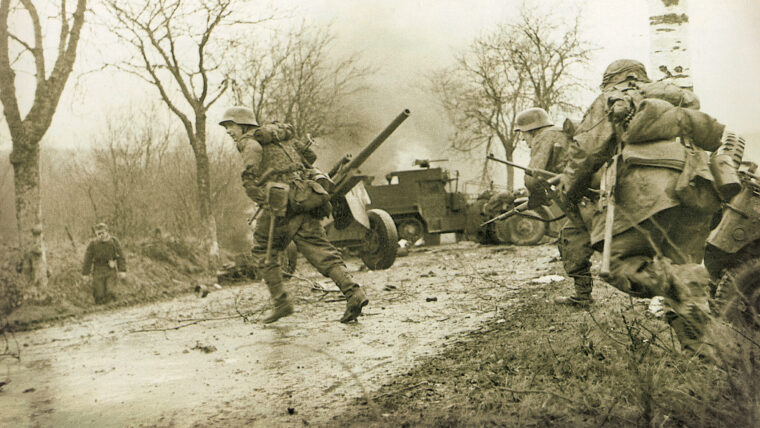
Allies
The Malmédy Massacre and the Battle of the Bulge
By Major General Michael ReynoldsMalmédy is an attractive and prosperous town situated in eastern Belgium, 15 miles from the German border. Read more

Allies
Malmédy is an attractive and prosperous town situated in eastern Belgium, 15 miles from the German border. Read more
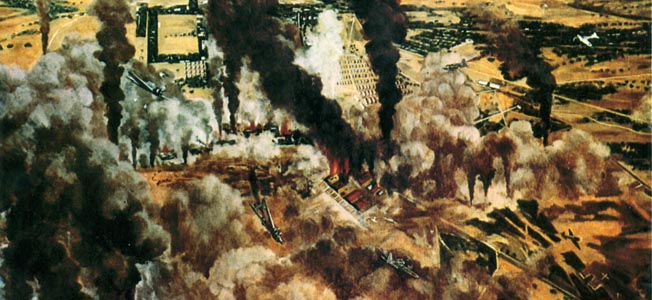
Allies
In the popular history of World War II, the assertion that the United States was caught unprepared in Hawaii and the Philippines has become widely accepted as fact. Read more
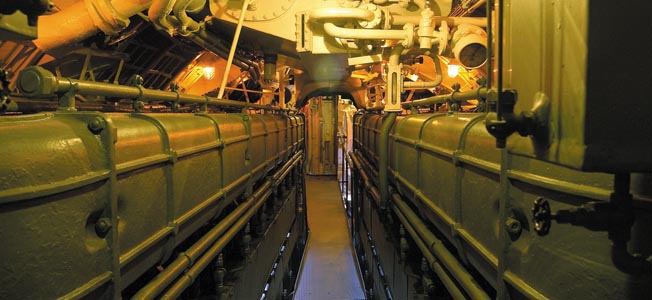
Allies
After its capture, U-505 became USS Nemo and was manned by a U.S. Navy crew. The submarine’s main duty was to sell war bonds, and the former enemy vessel visited seaports up and down the Atlantic coast during her bond tour. Read more
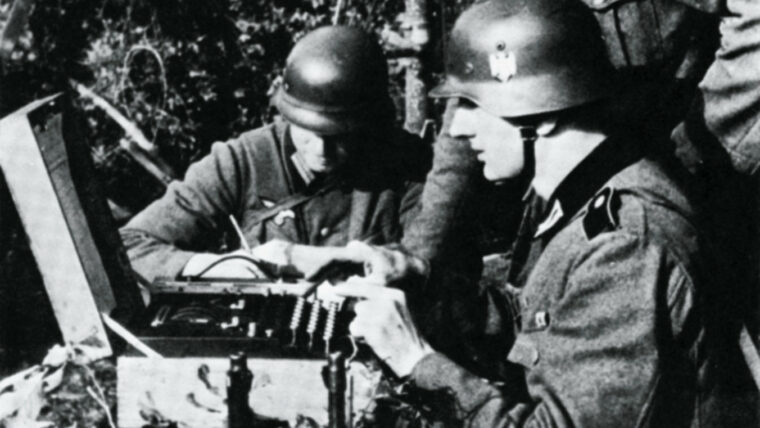
Allies
In the modern era, the majority of those accused of spying have done so for monetary purposes—the quick acquisition of wealth as opposed to ideological or philosophical reasons. Read more

Allies
“I jammed the throttle wide open and, attacking the Me-109 from the port quarter, fired one burst of four seconds and three bursts of two seconds each,” Pilot Officer William R. Read more

Allies
During the first year of American participation in World War II, the Curtiss P-40 Warhawk (Kittyhawk or Tomahawk to the British) came to symbolize the United States Army Air Corps as it fought a desperate war to hold the Japanese in check. Read more
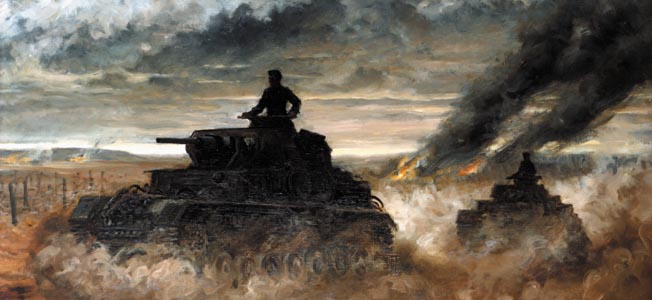
Allies
With the German Sixth Army destroyed at Stalingrad, the Soviet juggernaut lunged west and southwest across the River Donets. Read more
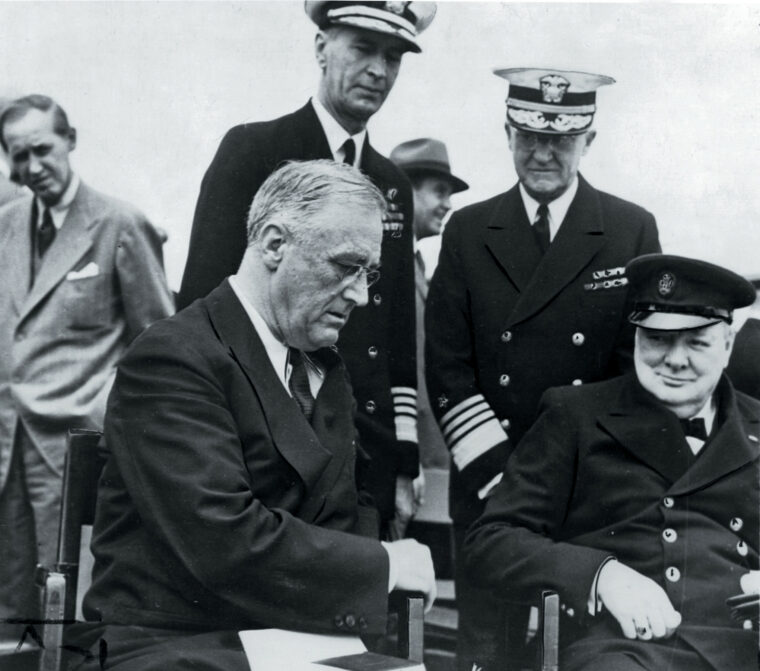
Allies
A British battleship and an American cruiser converged secretly in a remote bay on the Newfoundland coast early in August 1941. Read more
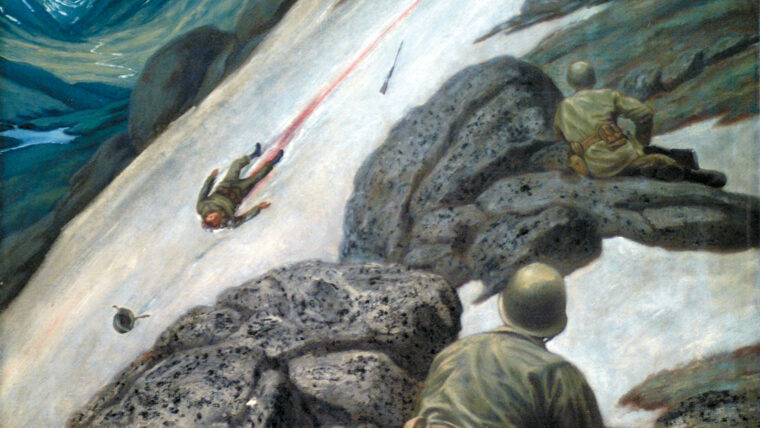
Allies
In the early morning hours of May 11, 1943, the silhouettes of two subamarines silently rose to the surface in the icy cold waters off the coast of Attu, an island in the Aleutian chain. Read more
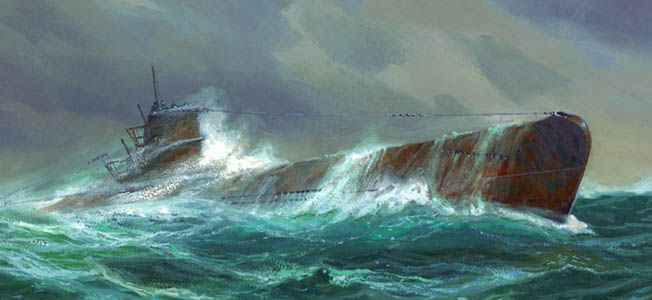
Allies
When most people think of World War II battle sites, North America seldom comes to mind. But the recent find of a German U-boat 30 miles off Cape Hatteras on the Carolina coast serves as a reminder of the naval combat that took place just off the shores of the United States. Read more

Allies
Pauline Hayton was 52 years old before her father, Norman Wickman, talked about his life in the British Army, and what happened in Dunkirk as he saw it. Read more
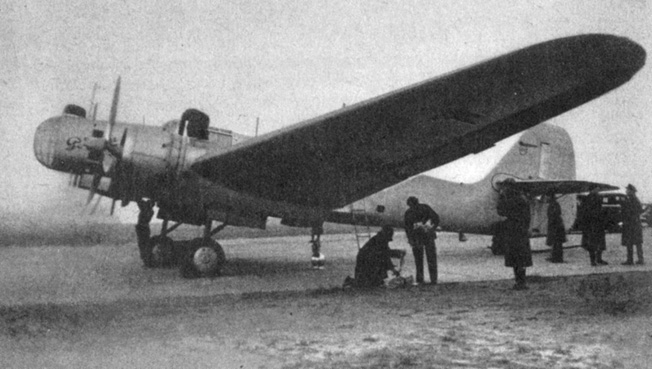
Allies
During the last weekend of September 1938, the attention of the world’s capitals was transfixed by the diplomatic pas de deux Adolf Hitler and Neville Chamberlain were enacting to determine the fate of Czechoslovakia and ultimately the world. Read more
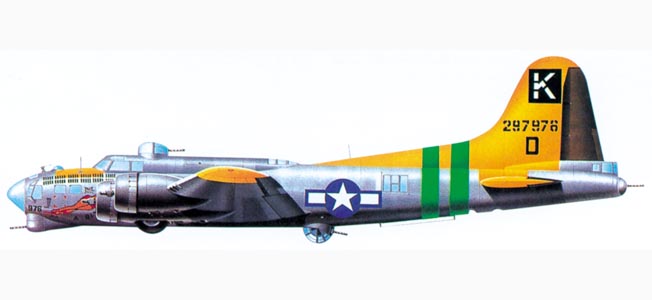
Allies
The B-17 Flying Fortress was the most celebrated four-engine strategic bomber of World War II, but like many other aircraft that achieved lasting fame, it barely made it into production. Read more
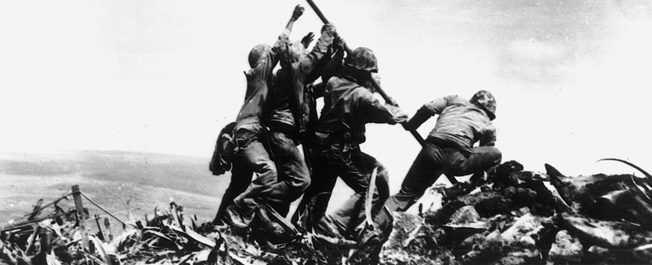
Allies
The Marine Corps announced this Wednesday, August 24, 2016 that it has revised the identification of two of the men who raised the first flag on Iwo Jima. Read more
Allies
When Pearl Witherington Cornioley died quietly in 2008 at the age of 93 in a retirement home in the Loire Valley of France, some who thought they knew her well may have been surprised to learn that she had risked her life during World War II as an agent for the British Special Operations Executive (SOE). Read more
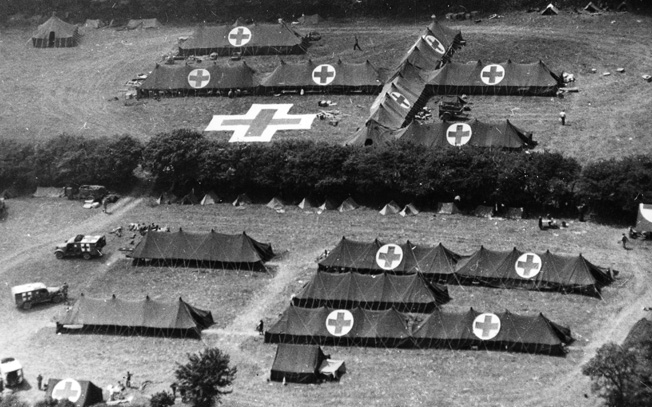
Allies
In October 1944, Army nurse Lieutenant Frances Slanger of the 45th Field Hospital somewhere in Europe wrote a letter to Stars and Stripes, the Army newspaper, to express her admiration of the American soldier. Read more
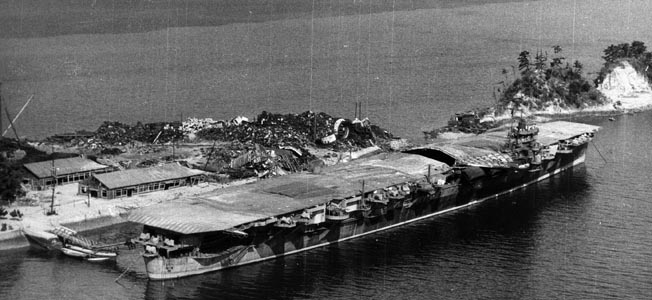
Allies
Japan lacked the industrial strength needed to wage a war against the United States. Yet, Japanese military planners seldom considered the limitations to their nation’s construction capabilities. Read more
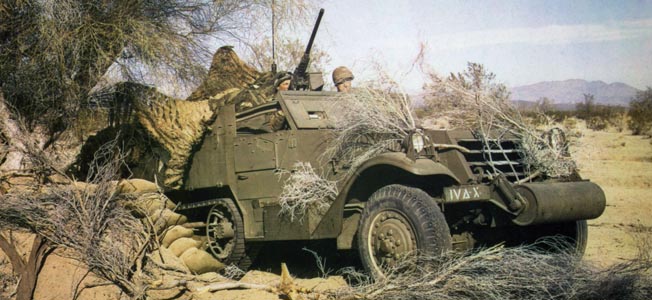
Allies
For the United States Army, the long road to Germany began in the mountainous deserts of Tunisia in mid-November 1942. Read more

Allies
In cramped quarters aboard the submarine USS Seadragon, beneath the Pacific Ocean, with enemy warships circling above, 22-year-old pharmacist’s mate Wheeler Bryson (Johnny) Lipes was ordered to perform an emergency appendectomy on seaman Darrell Dean Rector. Read more
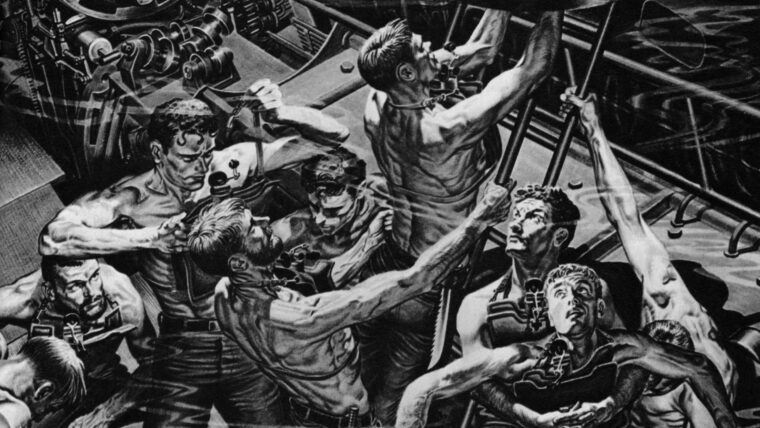
Allies
In July 1943, the American submarine USS Tinosa was on patrol in Japanese waters when she came across an unescorted oil tanker. Read more